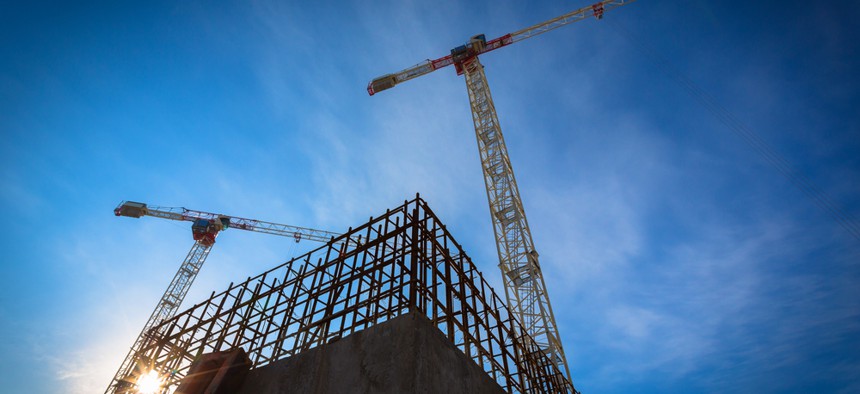
Image via Alexander A.Trofimov/Shutterstock.com
Why Mega-Projects Always End Up Costing More Than Expected
The people who predict the cost of urban mega-projects do a terrible job.
Last week the San Francisco Chronicle reported that the Transbay Transit Center, a massive transportation hub calling itself the "Grand Central Station of the West," will cost at least $300 million more than project officials estimated. One city official characterized the situation as unfortunate but said it wouldn't have a "meaningful impact" on the project. The comment may have been meant as optimism, but it also reflects the fact that enormous cost overruns have become such a normal part of urban mega-projects that they barely even register as a problem.
So how did it get to the point where the only thing we can confidently expect from a big infrastructure project is that it will cost way more than expected?
One thing's for sure: the people who predict the cost of urban mega-projects do a terrible job. Several years ago the University of Oxford scholar Bent Flyvbjerg, who's made a career researching mega-project mismanagement, analyzed 258 transportation infrastructure projects from around the world and found that nine in ten exceeded their cost estimates. The overruns were greater on rail projects than road projects but averaged 28 percent across the board.
What struck Flyvbjerg most about the problem was how very un-random it was. If people were simply very bad at estimating the costs of huge projects, then one might expect some projects to come in under budget and others over. But an under-budget mega-project is about as rare as a dodo riding a unicorn. Instead, wrote Flyvbjerg and some collaborators in 2002, it's more likely that when it comes to mega-projects, public officials engage in "strategic misrepresentation" — aka lying:
Image via Alexander A.Trofimov/Shutterstock.com






